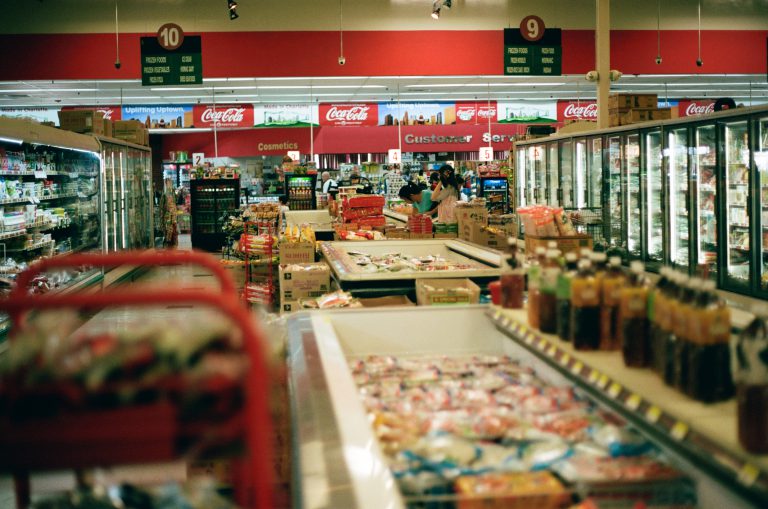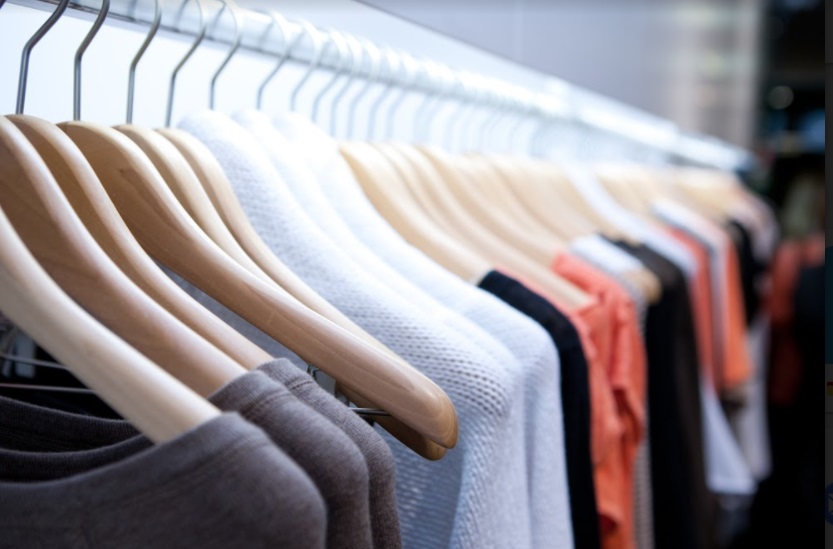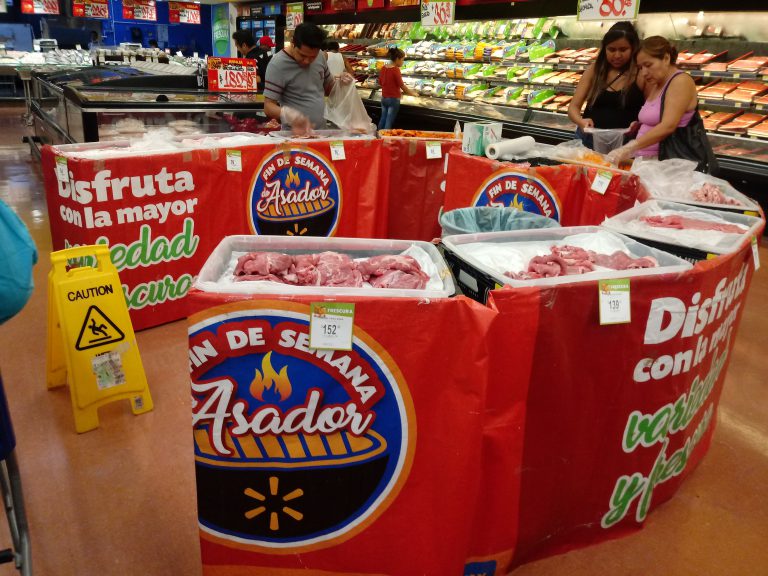
Over the years, the basic retail experience has remained more or less the same for the consumers. You go to a store, you look for the right product, and you make a purchase. But for the retailers, it is ever-changing. Analyzing consumer behavior is one of the biggest challenges that CPGs all around the world face. With increasing complexities, traditional auditing methods have proved inefficient. But the shortcomings in the traditional approach can be overcome with the help of image recognition technologies. In this blog, we outline what a perfect store strategy is, and how the ParallelDots image recognition tool, ShelfWatch, helps you achieve it.
The Perfect Store
A perfect store is where products are present in the most appropriate manner so that the consumers can find the right products in the correct location. The arrangement should be such that it steers the consumers’ buying decisions in the desired direction. For this, CPG companies design and implement store standards that convert consumer-centric insights into practical, and scalable in-store execution guidelines.
Perfect Store guidelines may vary across categories, customers, and channels. In the broader sense, the following can be called the basic levers that retailers are required to execute for a perfect store.
1. On-shelf Availability
Placing the right product on the right shelf is extremely crucial for ensuring that consumers do not have a disappointing shopping experience. Often, when consumers cannot find the product they are looking for, they switch to a competitor and might never return.
2. Shelf Space
Determining shelf space on the basis of the product sales ensures that there are no out of stocks (OOSs) of high-demand products.

3. Complementary Products
Placing your products alongside complementary products increases the chances of attracting potential buyers.
4. Promotion and Brand Building
Apart from products, important aspects that influence buying decisions is the visual attraction like promotions and brand visibility. Increasing promotional visibility along with creating a brand block with multiple facings has an improved visual impact on the buyers.
Creating the Perfect Store with Image Recognition Technology
Using artificial intelligence to improve store performance is not a new concept. A report by MarketsandMarkets states that image recognition in retail market will be worth $3.7 billion by 2025.
Auditing shelf management using Image Recognition digitizes store checks. It plays an essential role in understanding the shelf conditions and how they affect the sales of their core SKUs.

The successful implementation of the Perfect Store Strategy brings about a wide range of benefits such as:
- Improved in-store execution and brand visibility
- Sales growth
- Increase in market share of the brand
- Improved customer engagement with the brand
But, monitoring whether the picture of success is executed properly presently involves a manual process with limitations. Merchandising managers have no option but to rely either on sales data or field reps self-reporting on execution. This not only limits their ability to measure execution effectively but also restricts them from fully measuring the impact of program non-compliance over time.
Improving Compliance at Store Level with ShelfWatch

ShelfWatch overcomes the limitations of traditional methods using image recognition. The technology analyzes shelf images to send real-time insights on what’s happening on the shelves directly to the merchandising managers. This enables them to track how well the Perfect Store Strategy has been executed along with its effectiveness. The real-time insight generation ables the managers to take immediate corrective measures when required.
ShelfWatch’s mobile app makes it easy to collect images that are directly transferred to the ShelfWatch cloud/algorithm that detects POSM and SKUs. It analyzes SKU along with Geotag, shop name, and date, giving a complete analysis of in-store execution. ShelfWatch’s algorithm is such that it requires only one image for training.
Apart from in-store information, merchandising managers are also able to track the performance of their sales reps and decide upon incentives accordingly.
Found the blog useful? Read our other blog to know more about image recognition and object detection in retail
Want to see how your own brand is performing on the shelves? Click here to schedule a free demo.
- Author
- Recent Posts
(see all)
- ShelfWatch – A Smart Image Recognition based Retail Execution Software - November 10, 2021
- How Photo Recognition helps in Retail Shelf Monitoring - October 23, 2021
- Announcing our ISO 27001:2013 Certification - August 14, 2021



